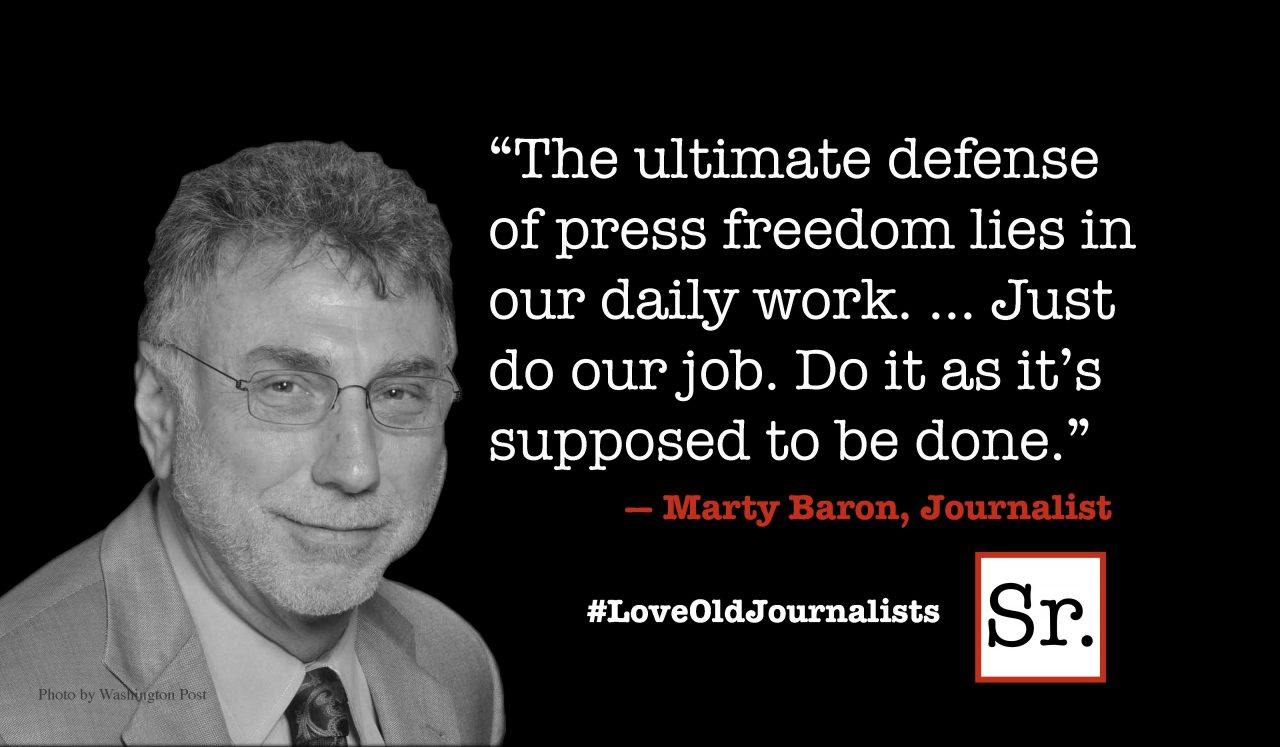This is the second installment in a four-part series about vision correction. Here are the first and third installments.
Q. I'm getting fed up with my bifocals and I want to make a change to something else. What are my options?
There are three basic ways to correct faulty vision: eyeglasses, contact lenses or surgery. In this column, we'll cover eyeglasses.
Eyeglasses correct the following vision problems:
-
Nearsightedness (myopia), which blurs distant objects.
-
Farsightedness (hyperopia), which blurs near vision.
-
Astigmatism is caused by an uneven curvature of the eye's surface that produces abnormal focus.
-
Presbyopia is a natural condition of aging that makes it more difficult to focus on near objects.
Corrective eyeglasses come in several different forms:
-
Bifocals have a correction for seeing up close on the bottom half of the lenses and another for seeing at a distance on the top. There are lines between the lenses.
-
Trifocals have lenses with corrections for distance, intermediate vision, and up close. More lines between lenses.
-
Progressive lenses have a smooth transition between corrections for distance and up close. There are no visible dividing lines.
-
Single vision lenses are designed to correct just distance vision.
-
Readers are for people who need only better up-close focusing.
There was a type of eyeglasses that were called Superfocus. I bought a pair of these eyeglasses.
I have worn single vision, bifocals, progressives and contact lenses. All of them had disadvantages. The Superfocus had its own downsides.
A pair of Superfocuses had four lenses with no lines. There were two flexible lenses within the frame. And there were two rigid lenses that are made to your prescription. These hard lenses were held onto the outside of the flexible lenses by magnets.
You would move a small slider on the bridge of the frame to focus the flexible lenses. When the slider was far left, you were focusing on distant objects. When the slider was far right, you were focusing up close. The middle setting was perfect for working on a computer and other objects in the middle distance.
Superfocus eyeglasses had none of the disadvantages of other corrective devices I've worn. My vision with them was superior. But I found that you had to refocus quite often. I tried watching a baseball game on TV while reading a newspaper. Annoying. After four months of wearing these glasses, I returned them for a full refund. Eventually, Superfocus glasses disappeared. I guess a lot of other people had problems with them, too.
After I returned the Superfocus glasses, I bought trifocals for everyday use and a pair of bifocals just for my computer. I'm still not happy.
In our next column, we'll report on contact lenses.









